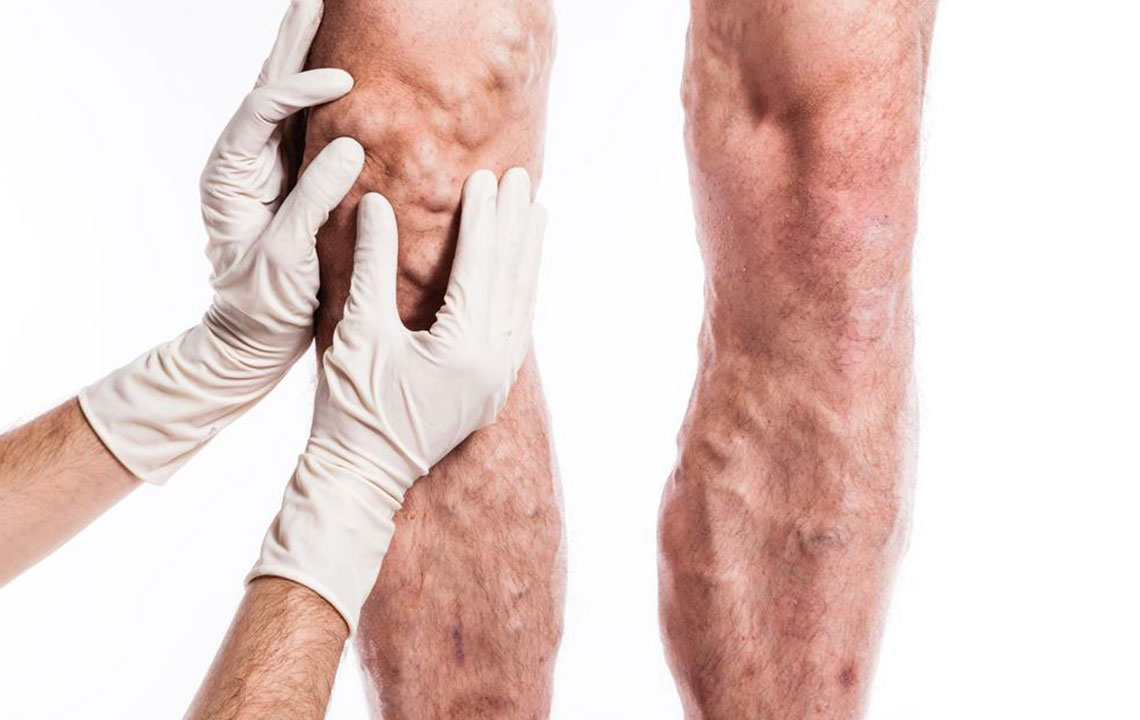A Brief Overview of Deep Vein Thrombosis
Deep vein thrombosis is caused by the formation of blood clots in the deep veins of the body. Multiple veins can experience a blood clot at the same time. A person can be at a greater risk of developing deep vein thrombosis in case of being above the age of 40. Blood clots may also form when you are restricted from moving for a long time due to an accident or a surgery.

Deep vein thrombosis can turn fatal if the blood clot spreads along the bloodstream and blocks the flow of blood in the lungs. This condition is called pulmonary embolism. Generally, it is more usual that the vein of your legs develops the blood clot causing the disease.
Causes of Deep Vein Thrombosis
This disease can develop in any patient without any distinct cause. In turn, there are many risk factors that can be responsible, some of which are given below:
- Injury or Surgery
There are many cases where the chances of developing deep vein thrombosis rise if you experience an injury. A major injury due to an accident which incurs severe cuts and wounds can give rise to this disease. A surgery like appendicitis can increase the risk for you developing deep vein thrombosis as it is an operation of an inflammatory abdominal condition. In case a person has a surgery in the leg, abdomen or hip which takes more than 90 minutes DVT may occur. Longer periods of confining to bed can increase the risk of developing a blood clot in the veins drastically. A person can easily acquire DVT on being inactive for most of the time. Inactivity may occur due to the injury itself. When you stay inactive for a long period, your blood tends to clot at your lower legs.
- Genetic Conditions
There is a genetic condition by which deep vein thrombosis can occur in your body. It is also known as Inherited DVT.
- Pregnancy
Pregnancy can increase the risk of developing the deep vein thrombosis. It is caused due to the preventive measures that are taken by the body to barrier the excess amount of blood loss during the delivery. Greater are the chances of developing deep vein thrombosis if the mother has added complications such as obesity, expecting twins, addiction, being over 35 years of age, and being diagnosed with varicose veins.
- Contraceptive Pills
The contraceptive pills contain estrogen, thereby increasing the risk of being developing deep vein thrombosis. You should always look for the pills that contain only progesterone.
- Other Factors
There are several other factors that can lead to deep vein thrombosis. Chemotherapy, radiotherapy, cardiac diseases, hepatitis, and thrombophilia are some causes.
Symptoms of Deep Vein Thrombosis
There are several symptoms that a person can experience while suffering from deep vein thrombosis. Conditions such as swelling and tenderness in the calves, heavy pains, and warm skin are common symptoms of deep vein thrombosis. Redness of the skin below the knee can also be a prominent symptom of deep vein thrombosis. In the case of pulmonary embolism, a person can also experience chest pains and breathlessness.
Treatments of Deep Vein Thrombosis
There are many ways through which deep vein thrombosis can be treated. The primary steps comprise stopping the blood clot from getting bigger, restricting the further spreading of the blood clot, and reducing chances of another blood clot from forming in the veins. Anticoagulants, blood thinners, Warfarin and Heparin are effective for the treatment of deep vein thrombosis.




